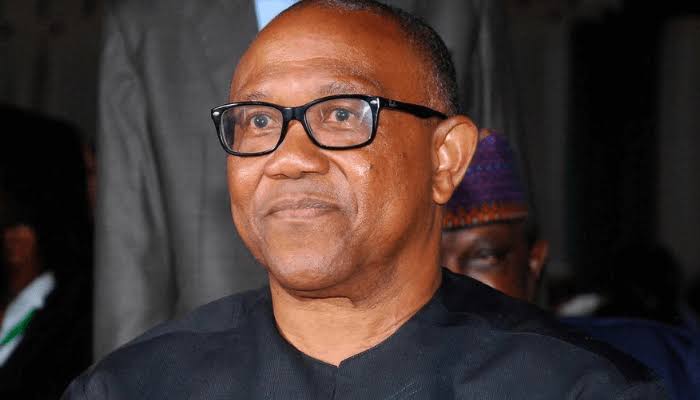Ibadan, the Oyo State capital, has recorded many firsts as a city. Apart from housing the nation’s premier university, the University of Ibadan, founded in 1948, the first broadcast television station in Africa, Western Nigeria Television (WNTV) was established on October 31, 1959 at Agodi, Ibadan. In some months’ time, it will also house the tallest monument in the region. Assistant Editor (Arts) OZOLUA UHAKHEME reports.
A multi-million naira monument standing 65 feet high will soon redefine the creative landscape of Ibadan, the Oyo State capital. The monument, which is crafted from found metal objects is being sculpted by US-based renowned artist Jonathan Imafidor and will emerge as a powerful symbol of Southwest’s profound cultural heritage and artistic excellence.
Located at Olunloyo Airport Park, Ibadan, the sculpture which was commissioned by the Oyo State government will feature three towering human figures, resplendent in their majesty, standing atop an intricately crafted concrete base of 25ft by 15ft to support the three figures. Among these figures, two symbolise the valiant male and female warriors of the ancient Oyo Kingdom, embodying the region’s rich history and indomitable spirit.
The third figure, a representation of a drummer, will pay homage to the vibrant cultural tapestry that defines the region. The pedestal itself will take the form of a broadcasting dish, an emblematic tribute to Ibadan’s status as the birthplace of Africa’s inaugural broadcast station.
The monument upon completion in the next nine months, will establish itself as the tallest scrap metal sculpture in the country, thereby projecting Ibadan to the forefront of artistic innovation and cultural significance.
The project no doubt, is a harmonious fusion of cultural heritage, artistic innovation, and ecological consciousness. It is funded by Oyo State government and will surely leave an indelible mark on the artistic landscape of Nigeria.
According to Imafidor, the sculpture is rooted in traditional Yoruba history and culture, while the two warriors standing in alert mode represent two popular warriors amongst several individuals who are iconic figures in Oyo’s history.
“The female warrior represents one of the most popular female warriors in the history of the Oyo Empire known as Queen Moremi Ajasoro. Moremi lived during the 12th century and was married to the king of Ife, a neighbouring kingdom to Oyo. When the Oyo Empire was facing invasion from a rival tribe, the Igbo, Moremi volunteered to act as a spy and infiltrated the enemy camp. She gathered vital information and shared it with the Oyo warriors, enabling them to successfully defend their kingdom. Moremi’s bravery and strategic contributions made her a revered figure and a symbol of courage and sacrifice.
“The male figure represents the most renowned male warrior known as Balogun Ogunmola. Ogunmola was a legendary military commander who lived in the 18th century. He possessed exceptional leadership skills and was known for his tactical brilliance on the battlefield. Ogunmola played a pivotal role in expanding the Oyo Empire’s territory and defending it against external threats. His military campaigns and victories solidified the empire’s dominance in the region and elevated him to legendary status among the Oyo people,” he said.
These two individuals, Queen Moremi Ajasoro and Balogun Ogunmola, he added, exemplify the valour and heroism displayed by warriors of old in the Oyo Empire, noting that their stories continue to inspire and resonate with generations, serving as a testament to the rich history and martial traditions of the Oyo people.







